According to a Bloomberg survey, majority of economists expected BoE to vote 9-0 to keep interest rate unchanged at 0.50% later this week on Thursday. And, 54% of economists expected BoE to hike interest rate in May. That’s a slight adjustment from 51% at prior survey. However, the data was taken as of March 19. And it’s unsure how much regarding the Brexit transition deal was taken into consideration. And that could only be reflected in the next survey.
The BoE rate decision this Thursday becomes lively as the transition deal is done. UK CPI data to be released today will be the first key factor. Headline CPI is expected to slow from 3.0% yoy to 2.8% yoy in February. Core CPI is expected to slow from 2.7% yoy to 2.5% yoy.
On the one hand, the deal should give BoE policymakers some comfort to restart lifting interest rate from the current ultra low level at 0.50%. On the other hand, any upside surprise in today’s inflation data would indeed give some pressure for BoE to act again.
And for the meeting, ahead, while BoE is still expected to stand pat, the statement could turn more relaxed and optimistic given that the Brexit picture is slightly clearer. And more importantly hawks like Ian McCafferty and Michael Saunders might come back to vote for rate hike.




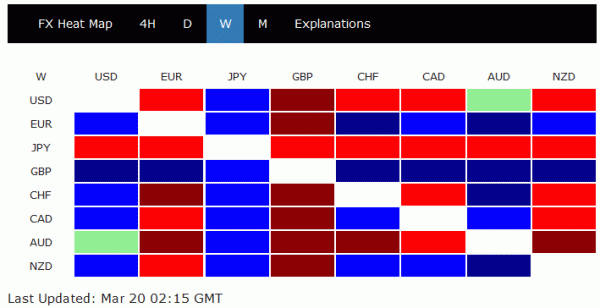
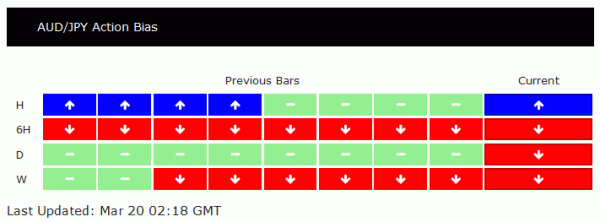
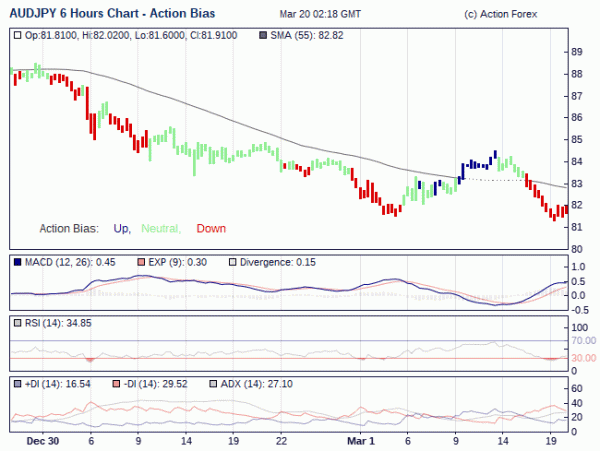
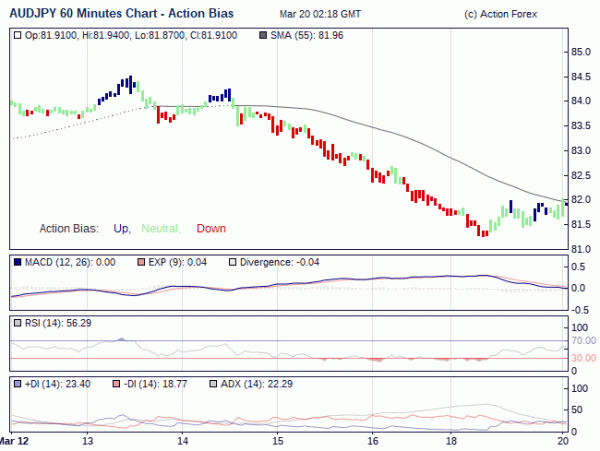
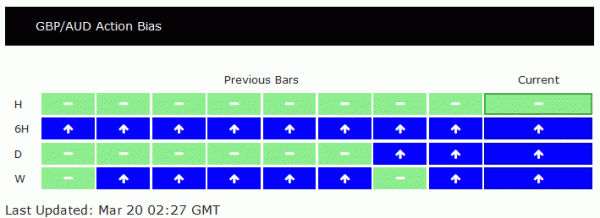
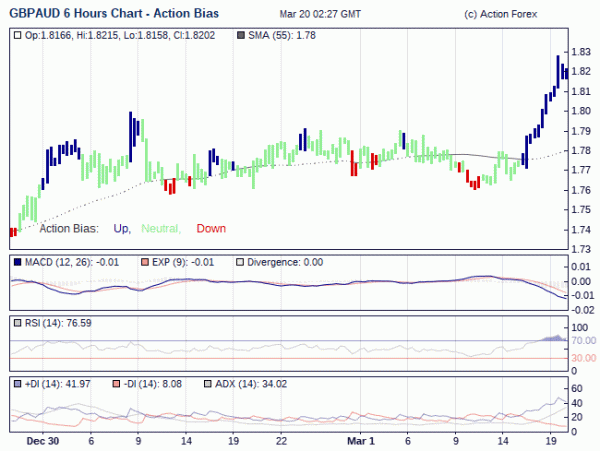
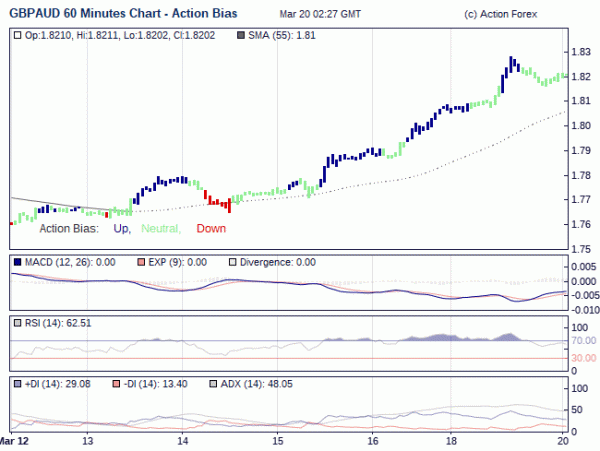
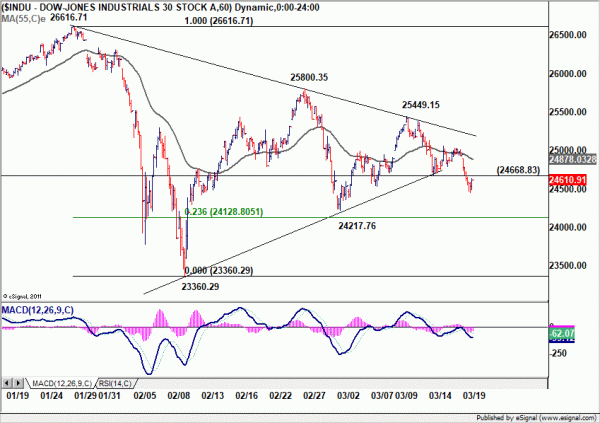
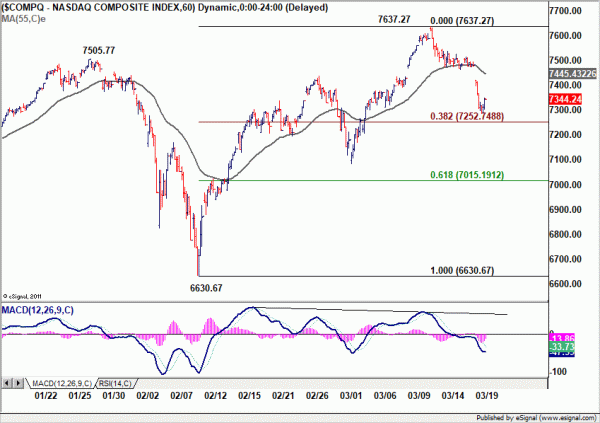
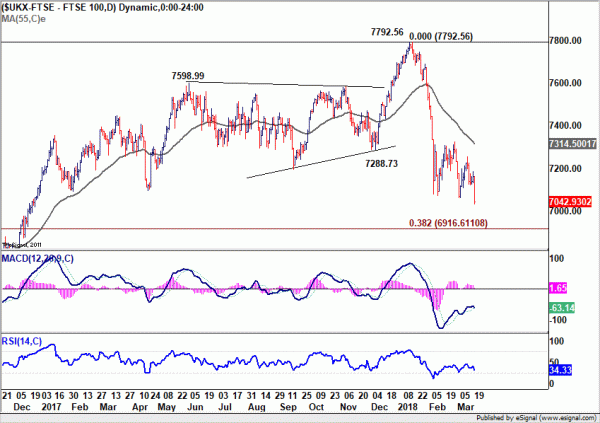
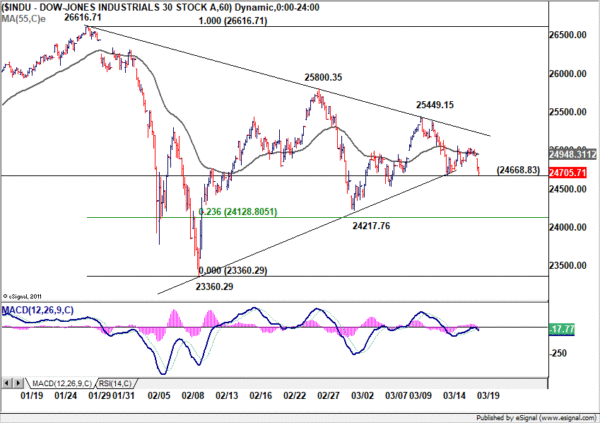
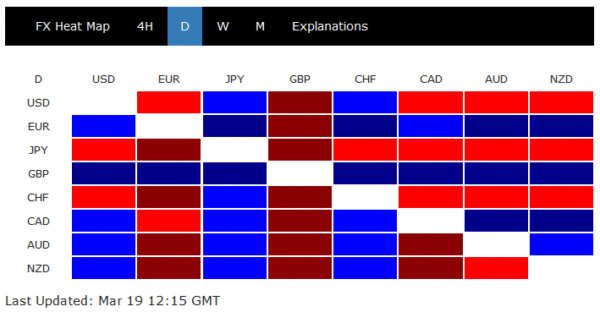
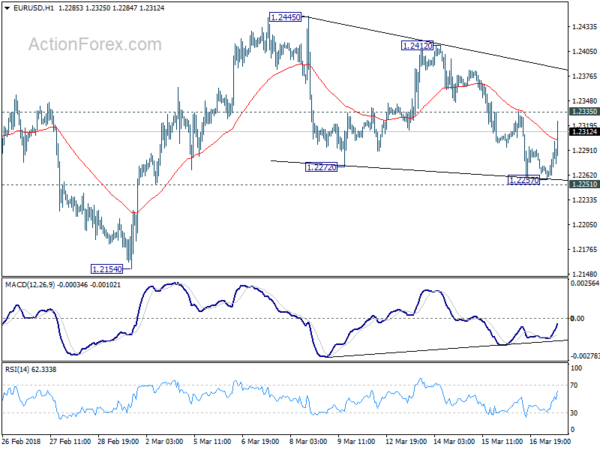
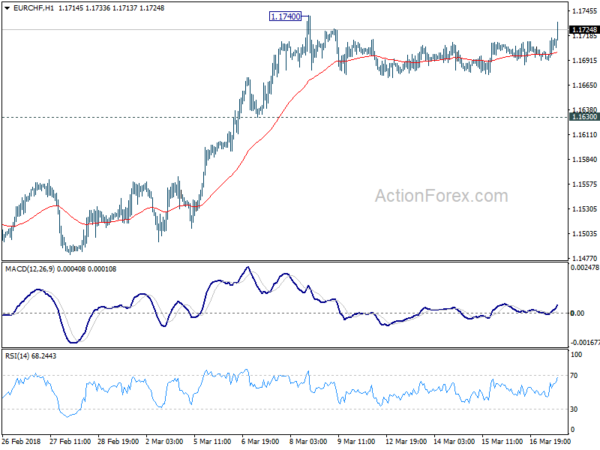

Swiss SECO revised up growth and inflation forecasts, warned of escalation to trade war
In this Swiss State Secretariat for Economic Affairs report published today, the government painted a brighter picture of the economy. Growth forecasts for 2018 and 2019 were both revised up. Also, 2018 inflation forecast was revised notably higher. The report titled Economy continues dynamic recovery noted that “the economy to continue its dynamic recovery and anticipates strong GDP growth of 2.4% in 2018. The buoyant international economy is supporting foreign trade, while a favourable investment climate is stimulating domestic demand.”
Here are the latest projections
The tone of the report was very upbeat as it said “Switzerland’s economy has not looked this healthy since the minimum euro exchange rate was discontinued in early 2015. The upturn gathered increasing momentum and became more broad-based in the second half of 2017.”
Also, “the healthy global economy is boosting international demand for Swiss products and therefore driving foreign trade.” And, “the Expert Group predicts that foreign trade will provide a significant boost to growth in 2018 especially but also in 2019.” Regarding the job market, the reported noted that unemployment has been in ” gradual decline since mid-2016, while employment also stepped up in the second half of 2017.”
Regarding economic risks, SECO saw short-term positive and negative risks are “balanced”. Upturn in global economy could help depreciate the Swiss Franc further and “give the Swiss economy a further boost”. But warned that “protectionist measures recently announced in the US pose negative risks for the global economy.” And, “any escalation to a trade war between the major economic zones would have a considerable dampening effect in the medium-term.”
Besides, the report pointed to recent Italian election as “a certain political uncertainty remains on the international stage.” Unclear Brexit terms and uncertainties in Switzerland’s relationship with the EU are other risks mentioned. Domestically, there is risk of sharp correction in construction sector.